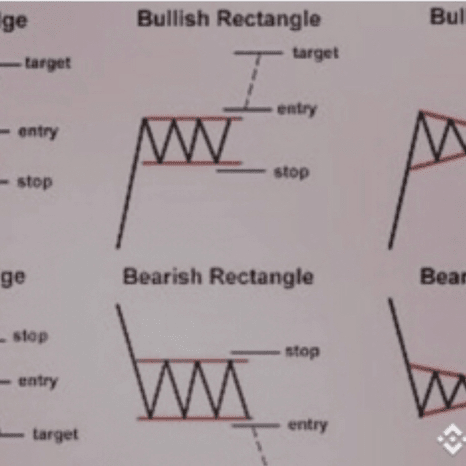CryptoAlert : News & Opinion blog
XRP's Classification by the World Bank
The World Bank's report acknowledged XRP as a stablecoin, emphasizing its role in providing instantaneous processing and secure payments. The classification is not only a testament to XRP's stability but also underscores its efficiency compared to traditional correspondent banking methods. Sean McBride, a former director of Global Talent Acquisition at Ripple, has brought attention to this classification, sparking optimism within the crypto community.
Partnerships and Global Adoption
Ripple's strategic partnerships with major players like MasterCard have positioned XRP as a global facilitator for cross-border payments. MasterCard's impressive processing capabilities, handling an average of 33 billion transactions per quarter, showcase the scale and efficiency of Ripple's payment solutions. Moreover, Ripple's collaboration with Amazon and the adoption of XRP for payment transactions could potentially revolutionize the e-commerce industry, introducing faster and more efficient payment options.
XRP's Utility in Cross-Border Payments
XRP's adoption by financial institutions and organizations on a global scale further emphasizes its utility in cross-border payments. Institutions like the Arab Monetary Fund are recognizing the value of XRP in addressing key challenges within the cryptocurrency market. The utility of XRP is not only driving its demand but also contributing to the cryptocurrency's increasing value.
Rising Demand and Falling Supply
As more wealth is transferred through the XRP Ledger, the demand for XRP is expected to rise, potentially leading to a stable value of $10,000. Ripple's CEO has highlighted the cryptocurrency's potential to address multi-trillion dollar problems, anticipating tremendous demand for XRP. The unique features and partnerships associated with XRP position it as a stablecoin with the potential for substantial growth.





